Archaeological discoveries in former Soviet Asia
A "Great Wall" was discovered in Uzbekistan; the ancient tomb of the so-called "golden man" was found in Kazakhstan; a city from the 1st or 2nd century BC was unearthed in Tajikistan. And that is not all.
Moscow (AsiaNews) – For archeologists working in the countries of the former Soviet Union, 2018 was an exceptional year. In the Old USSR, archeology was one of the most treasured and practised disciplines. The latest findings range from a wall like the Great Wall of China found in Uzbekistan to the tomb of a "golden man" mummy discovered in Kazakhstan. In Estonia a 530-million-year-old "diamond eye" was unearthed.
In Central Asia, Tajikistan, a country independent for just over a quarter century, is full of ancient vestiges. Some 85 km from the capital of Dushanbe, a very old town was discovered at the top of a mountain. Scholars believe it goes back to the Kushan Empire, in the 1st or 2nd century BC.
In addition to various buildings, archeologists found the rulers’ throne, quantity of coins in two chests, decorations and ceramics. The throne room is rather unusual, with walls three metres thick and several layers of stucco. Many clay pots (khumi) for grain and rare decorations were found in excellent condition. Evidently the site was an important transit point on the ancient Silk Road.
The "Uzbek Wall" near the Fortress of Uzundara, in the Baisuntau mountains, is not as impressive as the Chinese Wall, but its discovery still created a stir. Built in the 3rd century BC, it was part of the defensive system built by the Seleucid Empire against the danger of invasion by nomadic peoples like the Sakas and Yuezhi.
Scholars have called it the "Great Bactrian Wall", from the ancient Greek name for the region. Its various parts consisted of walls of varying length, between 100 and 3,000 metres. Some believe that a Greek-Macedonian garrison was stationed in a diamond-shaped fortress. Unique artifacts have been found, such as metal helmets, weapons and armour, coins and ceramics, which indicate that the fortress might have existed for more than 150 years.
In Kyrgyzstan, important discoveries were made by chance. In a ravine in Kyrchyn, where the Nomad World Games were being prepared, an ancient kurgan, a 14-metre by 80-centimetre tumulus, was found on the spot where the authorities’ stand was being built. It appears to be the burial chamber of a Saka ruler, from one of the nomadic peoples related to the Scythians, dated from the 3rd and 4th centuries BC.
In Kazakhstan traces of the great Saka age were found in the eastern part of the country, where a trove of precious stones dating back 2,800 years was unearthed. The chest belonged to a royal family, or a high-level aristocratic nomadic family, containing bell-shaped earrings, rivetted plates and pieces of jewelry, created with refined techniques.
The remains of a youth, 17 or 18, about 1.70-metre tall, were found in a kurgan. Archaeologists believe they can also recreate his clothing and features. The tunic that covers him is sewn with gold thread. Coins and a dagger were inside a gilded case, hence the moniker "golden man".
Archaeological research has reached an impressive level of development also in many former Soviet republics in Europe. In the Ukraine, digging has been taking place in the centre of the capital Kyiv, in the middle of the medieval city, where a shopping mall was slated for construction. Instead it is now an area dedicated to the legacy of ancient Rus.
So far, the discoveries show that the city served as trading post between the north and the south on the Dnieper River. The city’s name is associated with that of the passage of Kyi (Кий), the legendary eponymous Varangian prince, historic father of Eastern Slavs.
In northern Estonia, the fossilised eye of a trilobite was found. The arthropod is the ancestor of today’s crabs and spiders. The eye is one of the oldest vital organs found, dating back some 530 million years ago, providing a glimpse into the origins of the world.





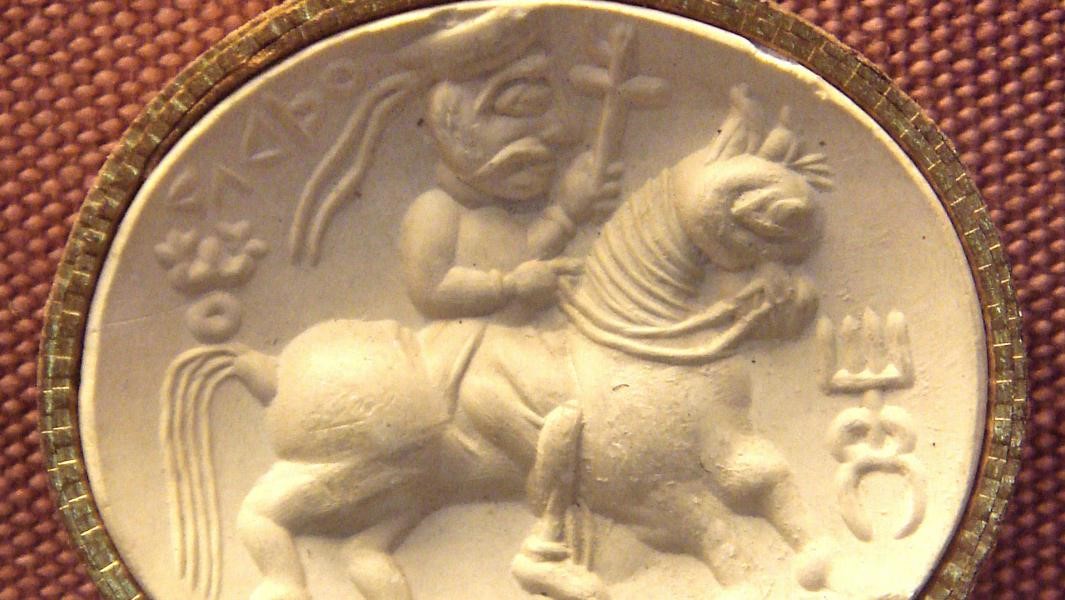
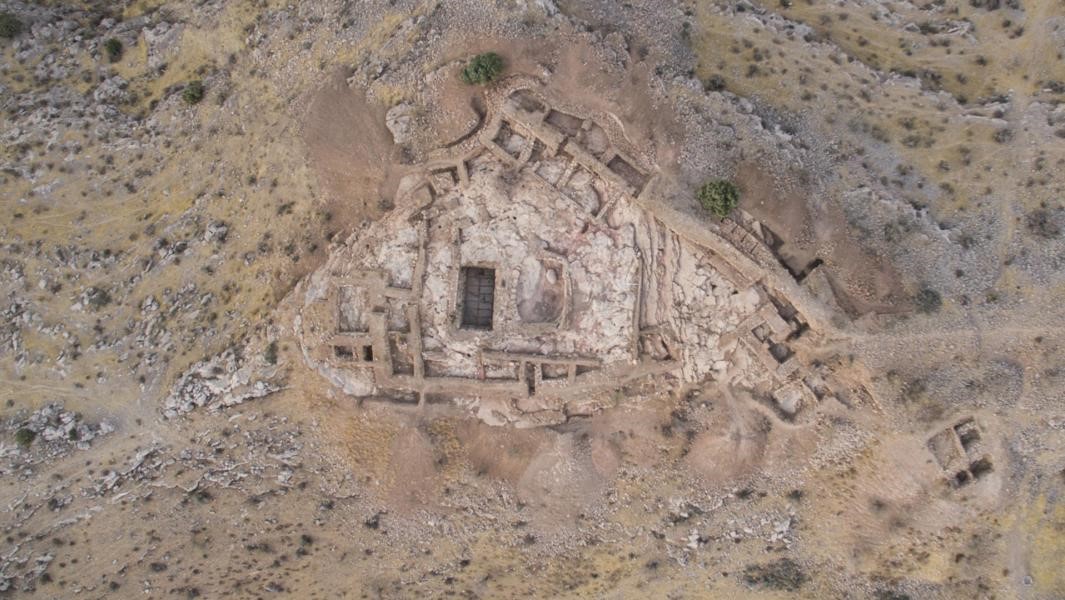
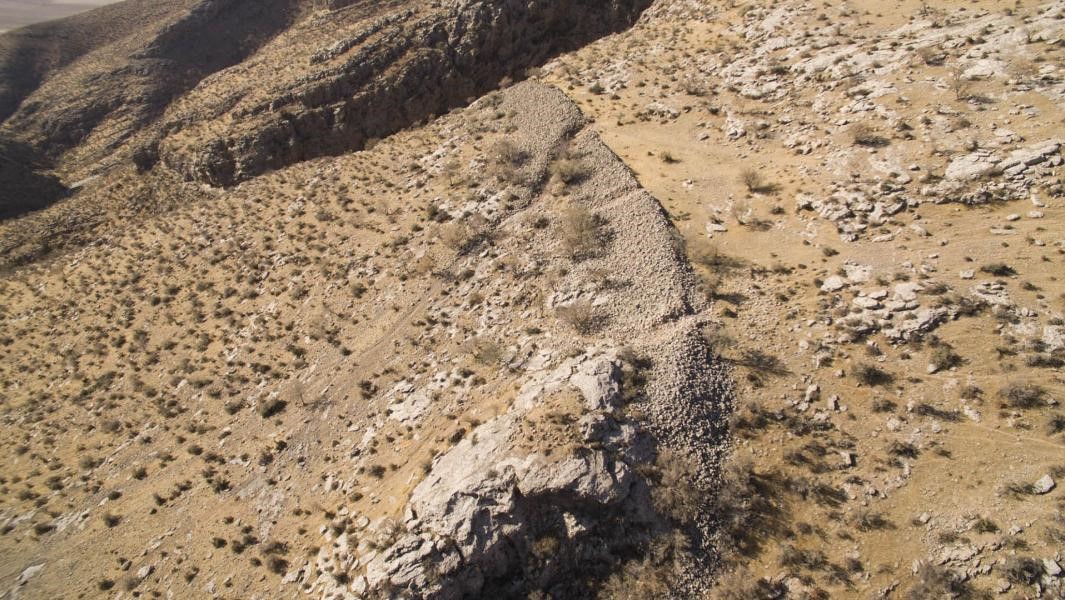
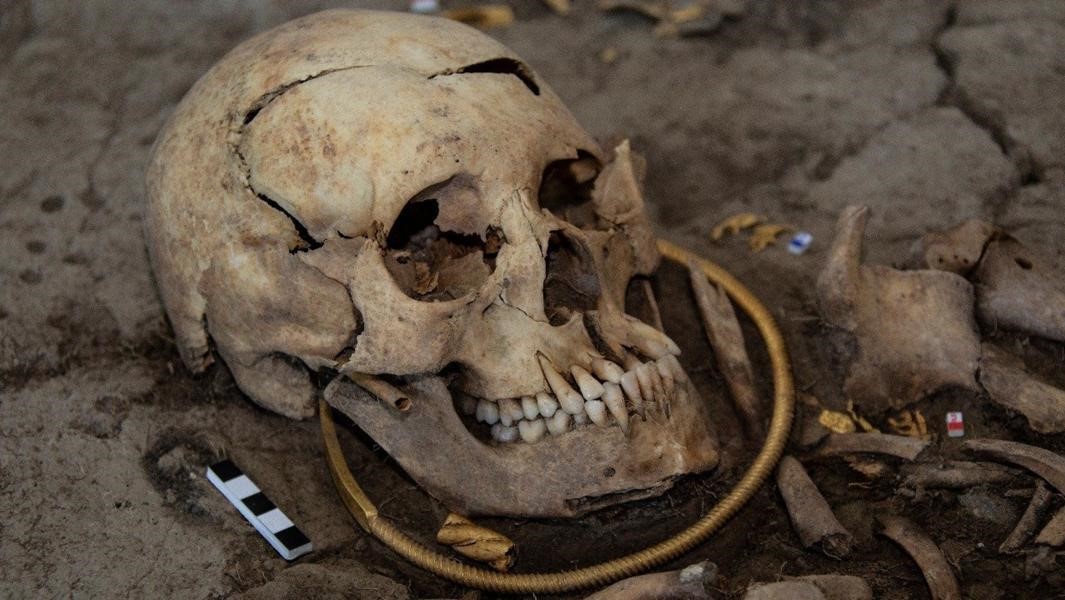
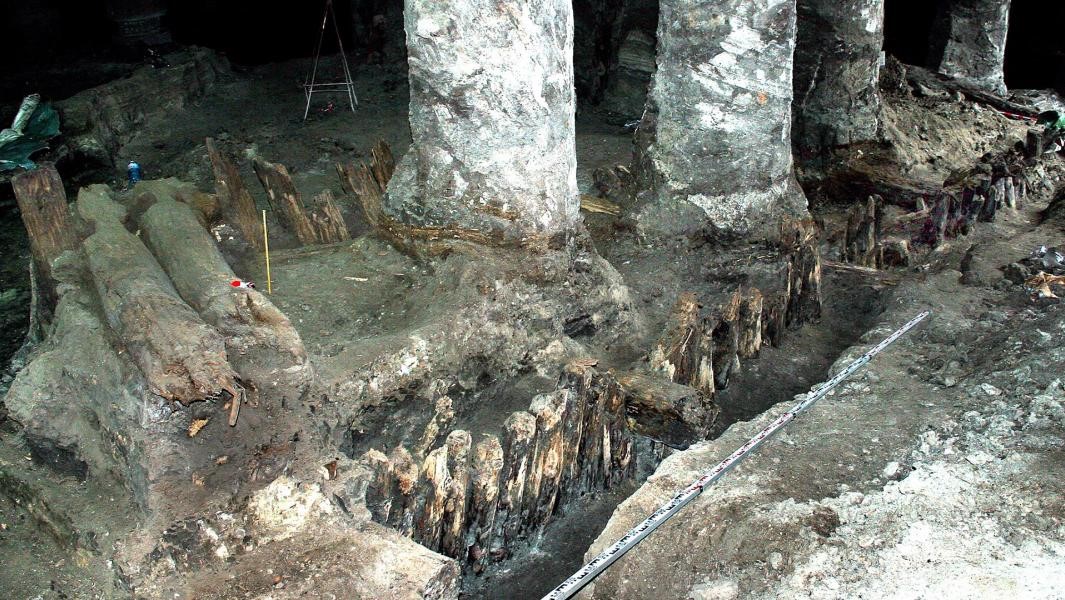
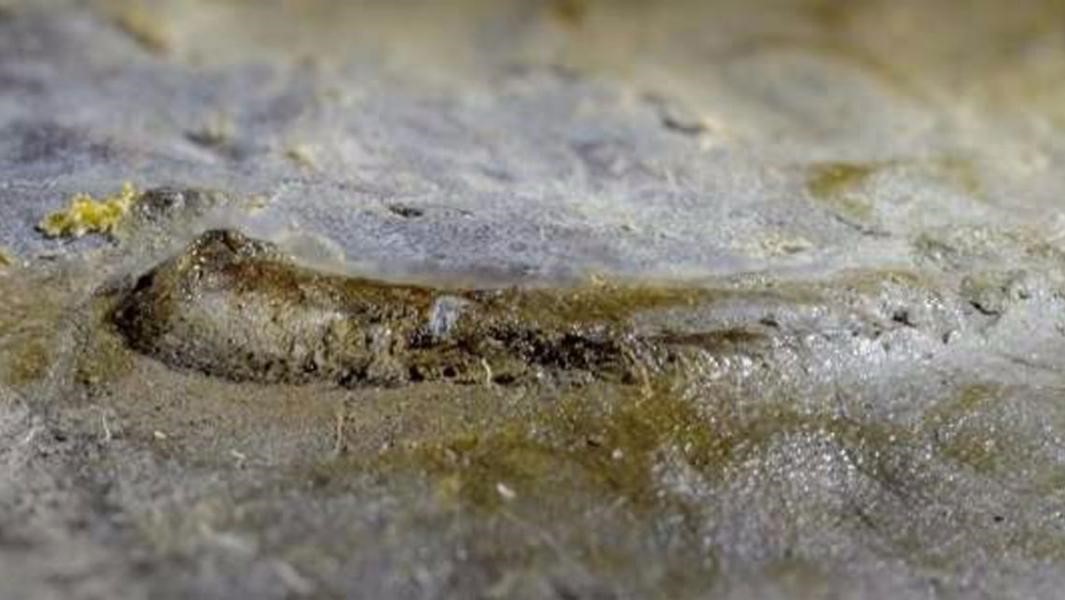

.png)










